Continuing our Journey : Journey of the Sorcerer - Eagles - YouTube 
Terracotta Army - Wikipedia, the free encyclopedia
Coordinates:
34°23′5.71″N 109°16′23.19″E = 34 + 23 + 5 + 71 + 109 + 16 + 23 + 19 = 300 = HM 3
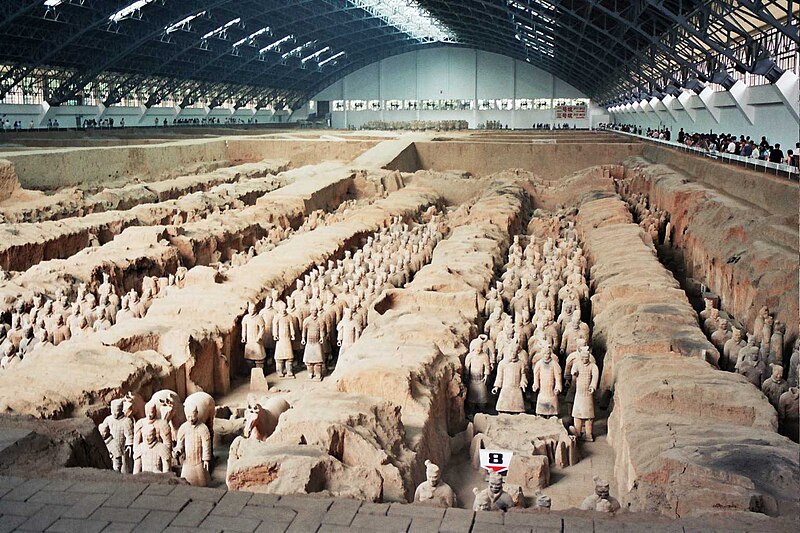
got the inspiration while reading :
Mount Li — Is The Pyramid Tomb of China’s First Emperor Still Sealed? | Socyberty

similar to : Great Pyramid of Giza - Wikipedia, the free encyclopedia see http://www.energeticforum.com/209893-post3212.html
and
Stonehenge - Wikipedia, the free encyclopedia
Coordinates: 51°10′43.84″N 1°49′34.28″W




Terracotta Army - Wikipedia, the free encyclopedia
The Terracotta Army or the "Terra Cotta Warriors and Horses", is a collection of terracotta sculptures depicting the armies of Qin Shi Huang, the first Emperor of China. It is a form of funerary art buried with the emperor in 210–209 BC and whose purpose was to protect the emperor in his afterlife, and to make sure that he had people to rule over.
The figures, dating from 3rd century BC, were discovered in 1974 by some local farmers in Lintong District, Xi'an, Shaanxi province.
The figures vary in height according to their roles, with the tallest being the generals. The figures include warriors, chariots and horses. Current estimates are that in the three pits containing the Terracotta Army there were over 8,000 soldiers, 130 chariots with 520 horses and 150 cavalry horses, the majority of which are still buried in the pits near by Qin Shi Huang's mausoleum.[1] Other terracotta non-military figures were also found in other pits and they include officials, acrobats, strongmen and musicians.
The figures, dating from 3rd century BC, were discovered in 1974 by some local farmers in Lintong District, Xi'an, Shaanxi province.
The figures vary in height according to their roles, with the tallest being the generals. The figures include warriors, chariots and horses. Current estimates are that in the three pits containing the Terracotta Army there were over 8,000 soldiers, 130 chariots with 520 horses and 150 cavalry horses, the majority of which are still buried in the pits near by Qin Shi Huang's mausoleum.[1] Other terracotta non-military figures were also found in other pits and they include officials, acrobats, strongmen and musicians.
34°23′5.71″N 109°16′23.19″E = 34 + 23 + 5 + 71 + 109 + 16 + 23 + 19 = 300 = HM 3


got the inspiration while reading :
Mount Li — Is The Pyramid Tomb of China’s First Emperor Still Sealed? | Socyberty
One of the greatest modern archaeological mysteries resides in the country of China today with the pyramid tomb complex of China’s first emperor, Qin Shihuang. It is reported that more than 700,000 men, with many of them being convicts were assigned the task of building the pyramid tomb and the surrounding buildings which have all been lost to age besides the pyramid of course. But it’s not really the pyramid that is the big mystery surrounding this site, it is what the pyramid may contain inside of it that has archaeologists foaming at the mouth. According to Chinese legends, the pyramid is actually the outer protection of a vast tomb for the country’s first emperor. Inside this tomb are supposed to be vast treasures, a model of the emperor’s capital city, mercury filled rivers and oceans, a ceiling done with shells to mimic the constellations and the actual body of the emperor himself. Most researchers and historians took this story to be a legendary tale or if it did exist, then it was probably plundered by tomb robbers long ago. But, over the past 35+ years there have been numerous discoveries that are showing that the tomb could very well remain intact with all of its treasures still safe inside.

similar to : Great Pyramid of Giza - Wikipedia, the free encyclopedia see http://www.energeticforum.com/209893-post3212.html
and
Stonehenge - Wikipedia, the free encyclopedia
Coordinates: 51°10′43.84″N 1°49′34.28″W





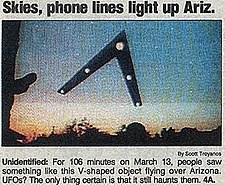




 (great incarnation) of Vishnu who will bring to an end the present age of darkness and destruction known as Kali Yuga.
(great incarnation) of Vishnu who will bring to an end the present age of darkness and destruction known as Kali Yuga. 

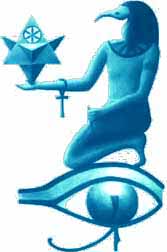







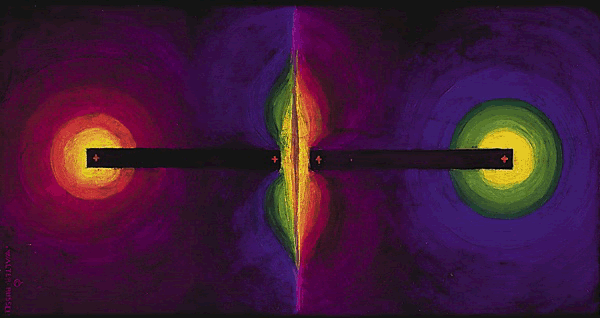












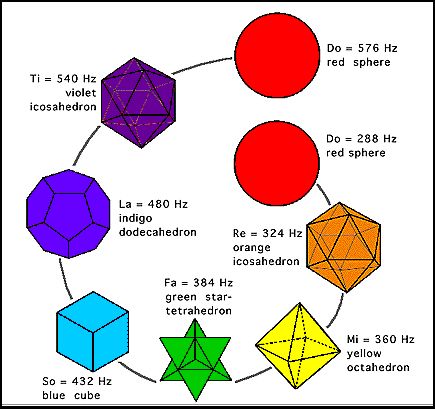





Comment